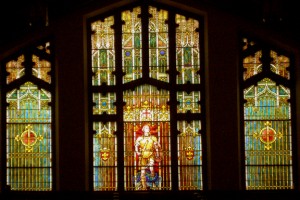COME SING WITH US
Come to a church that’s refreshing, inspiring, and fun!
What is the story behind the hymn “For All The Saints“?
“For All the Saints” was written as a processional hymn by the Anglican Bishop of Wakefield, William Walsham How. It was first printed in Hymns for Saints’ Days, and Other Hymns, by Earl Nelson, 1864. (Wikipedia)
The hymn was sung to the melody Sarum, by the Victorian composer Joseph Barnby. In 1906 Ralph Vaughan Williams used a new setting which he called Sine Nomine (literally, “without a name”) about its use on the Feast of All Saints, 1 November (or the first Sunday in November). It is “one of the finest hymn tunes of [the 20th] century.”
“For All the Saints” describes the ordinary life of all the saints. We thank Jesus Christ for drawing us all to him, for the strength and guidance that we continue to draw from Him and for our joint communion in Christ. We pray that Christ will guide us in the continuing struggle against evil and lead us to the coming day when the dead shall rise, and we shall all worship together before God the Father, Son, and Holy Spirit. “No matter what path each of us travels, we all will enjoy the same glorious eternal life.”
On Sunday, we will name our PUMC family members and others connected to us who have passed on since last All Saints’ Day. We will also honor and celebrate the work of God’s saints in the church, in the community, and the world today. “For All the Saints” is a beautiful, accessible thanksgiving prayer in remembrance of those who’ve gone before us.
Our musicians will include Tom Shelton, Camilla Pruitt, Delaney McCarty, Julia Hanna, John Girvin, the PUMC Youth Choir and Hyosang Park who will be playing the “bell tree” as we pray.
Click here to enjoy a Youtube performance of “For All the Saints” Hymn by The Choir of Paisley Abbey, a parish church of the Church of Scotland.
To worship with us, hear our beautiful music, sing with us, enjoy our children’s time, the scripture readings, the sermon, our stories, and join in our communion and our prayers, go to our Facebook page, or click here.
Written by Isabella Dougan
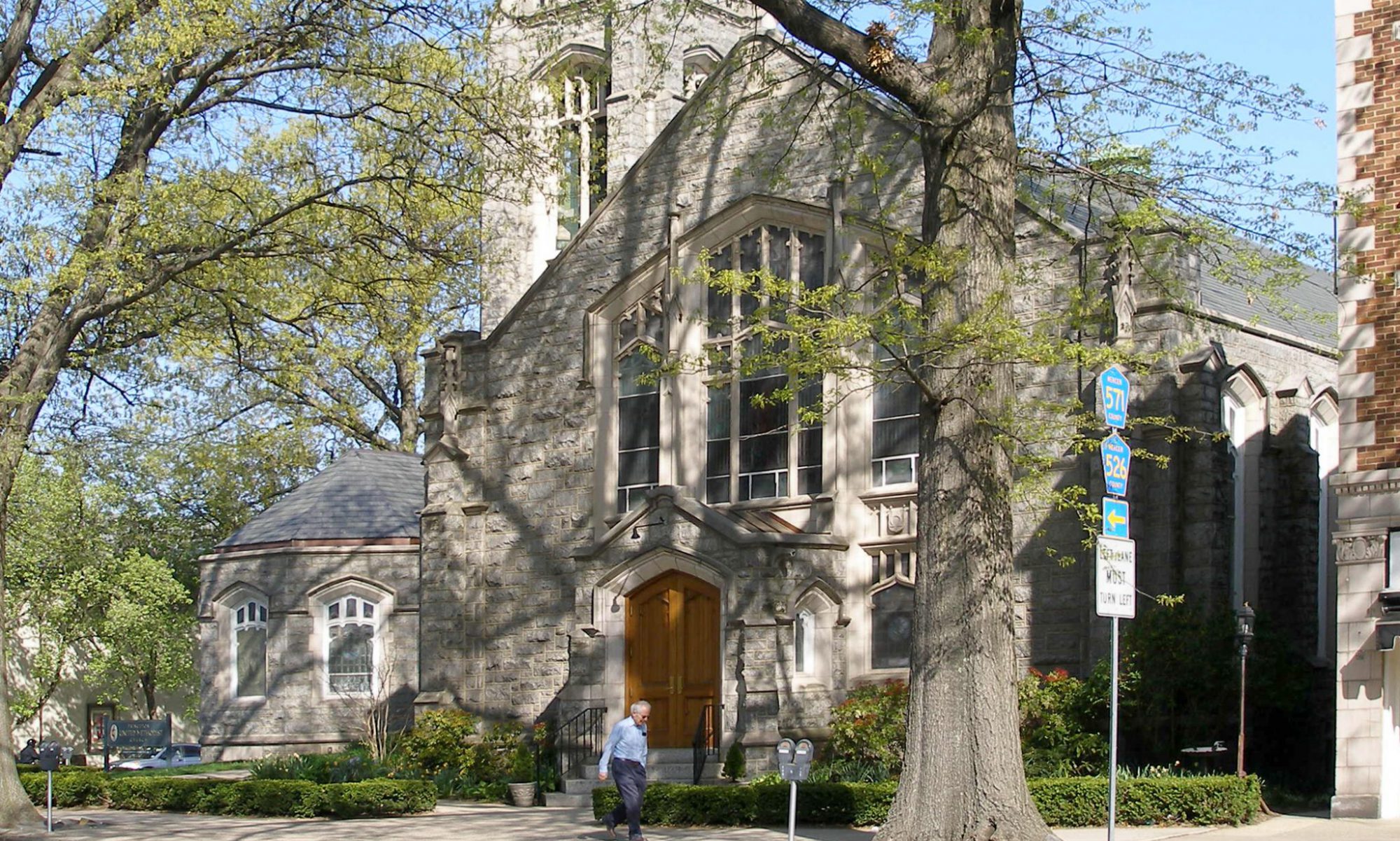
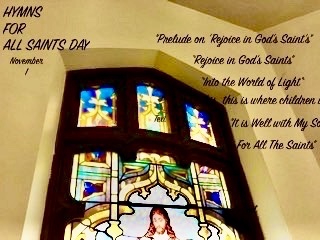
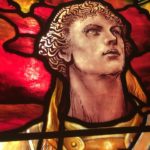
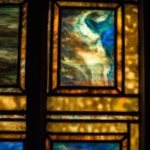 Discovered at the end of the 19th century, this “opalescent” glass could have different shades and colors in a single piece. In the balcony, the Tiffany window shows St. George and the Dragon. In the next room is a spectacular triptych by Louis Lederle,
Discovered at the end of the 19th century, this “opalescent” glass could have different shades and colors in a single piece. In the balcony, the Tiffany window shows St. George and the Dragon. In the next room is a spectacular triptych by Louis Lederle, 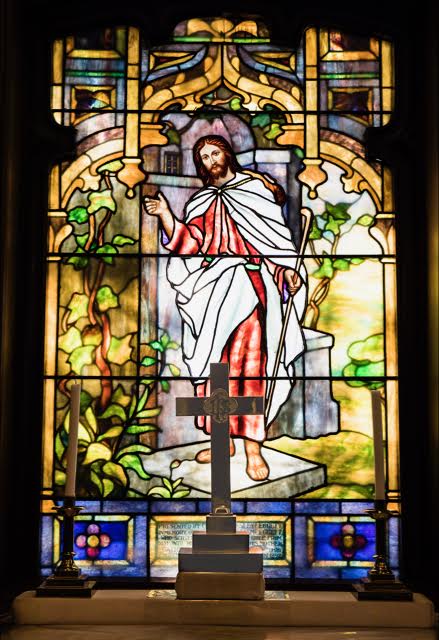
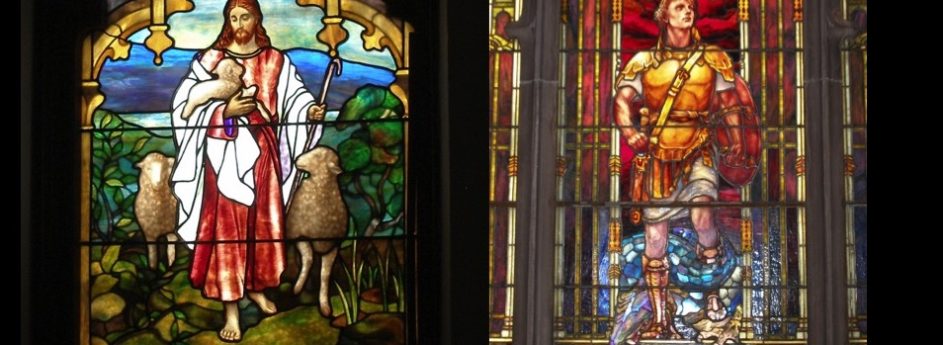 You probably know that Princeton United Methodist Church opens its doors for stained glass window tours and meditation on Sundays, 11:30 to 1:30 pm. And you have probably taken the tour given by Duncan, Rick, Marv, or Barbara. But what if you bring a friend to church and the “official’ tour guides aren’t around? Or maybe you encounter a visitor?
You probably know that Princeton United Methodist Church opens its doors for stained glass window tours and meditation on Sundays, 11:30 to 1:30 pm. And you have probably taken the tour given by Duncan, Rick, Marv, or Barbara. But what if you bring a friend to church and the “official’ tour guides aren’t around? Or maybe you encounter a visitor?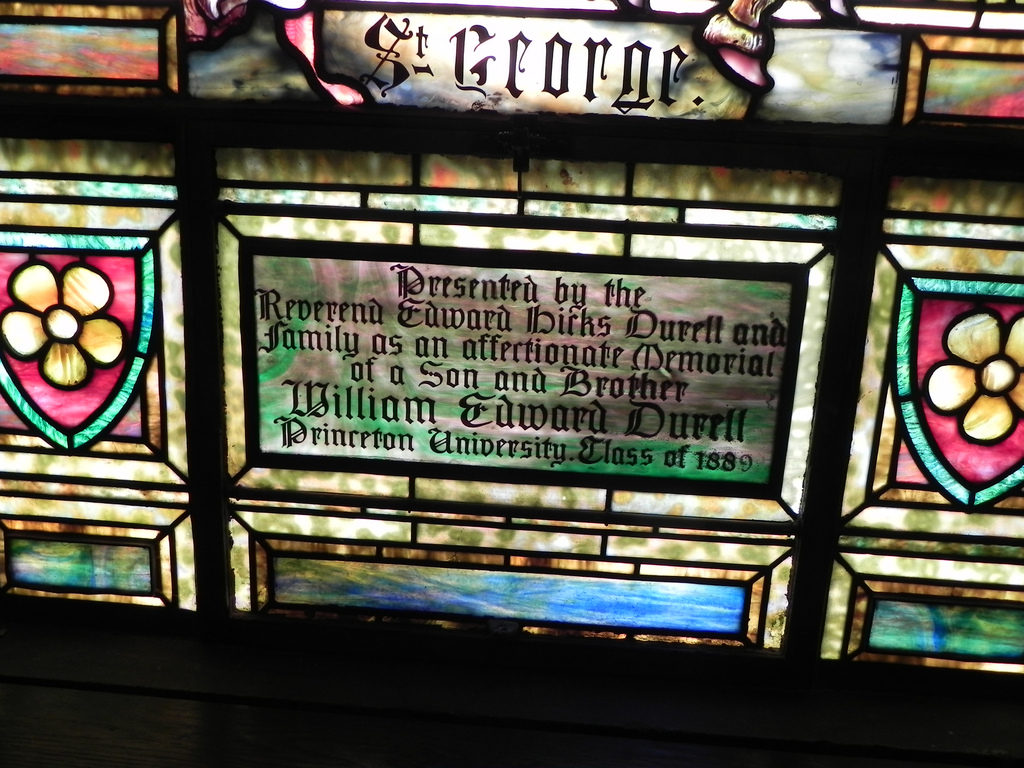 Awestruck by the Tiffany window of St. George and the Dragon in the balcony of Princeton United Methodist Church,
Awestruck by the Tiffany window of St. George and the Dragon in the balcony of Princeton United Methodist Church, 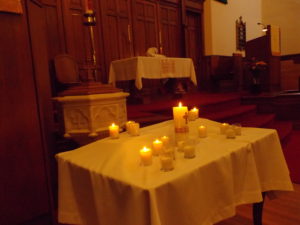 Here are some videos of the very inspiring worship on Sunday, November 6, at 9:30 a.m. It was All Saints Sunday, and the Children’s Choir sang the introit.
Here are some videos of the very inspiring worship on Sunday, November 6, at 9:30 a.m. It was All Saints Sunday, and the Children’s Choir sang the introit.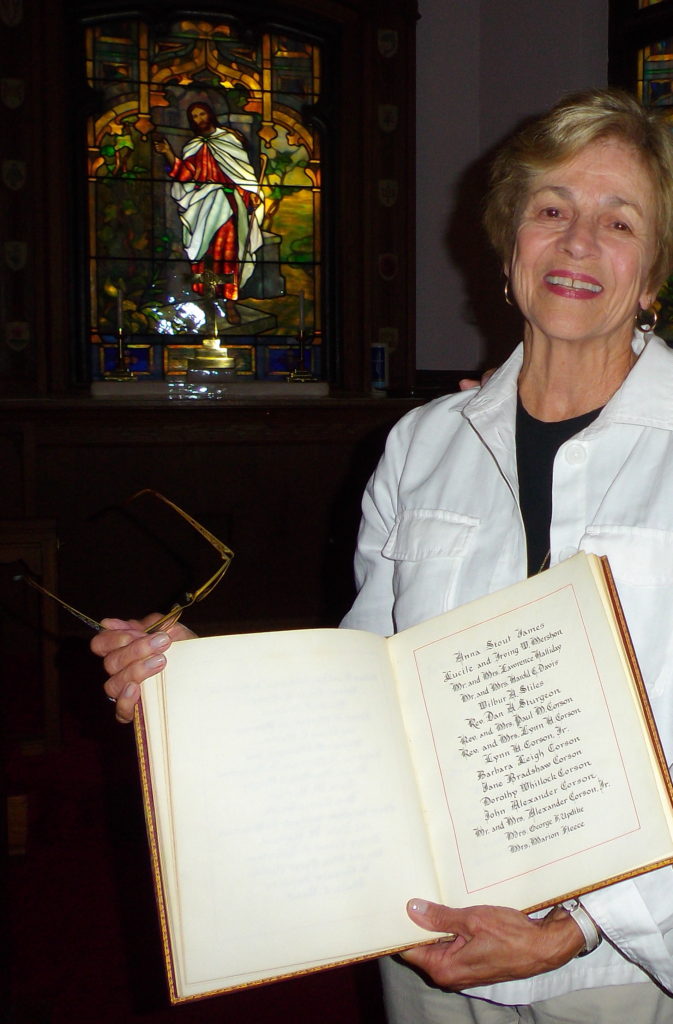 On September 12, two daughters with ancestral roots at Princeton United Methodist Church paid a visit to the chapel dedicated to the pastors in their family. Jane Corson Henry and Dorothy Corson Jones are the great granddaughters of Rev. Pennington Corson
On September 12, two daughters with ancestral roots at Princeton United Methodist Church paid a visit to the chapel dedicated to the pastors in their family. Jane Corson Henry and Dorothy Corson Jones are the great granddaughters of Rev. Pennington Corson 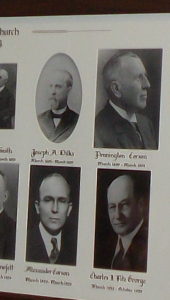 (who served 1899-1904), granddaughters of Rev. Alexander Corson (1929-1932), and daughters of Rev. Lynn Corson. ‘All were pastors here; their father served this church from 1942 to 1950.
(who served 1899-1904), granddaughters of Rev. Alexander Corson (1929-1932), and daughters of Rev. Lynn Corson. ‘All were pastors here; their father served this church from 1942 to 1950.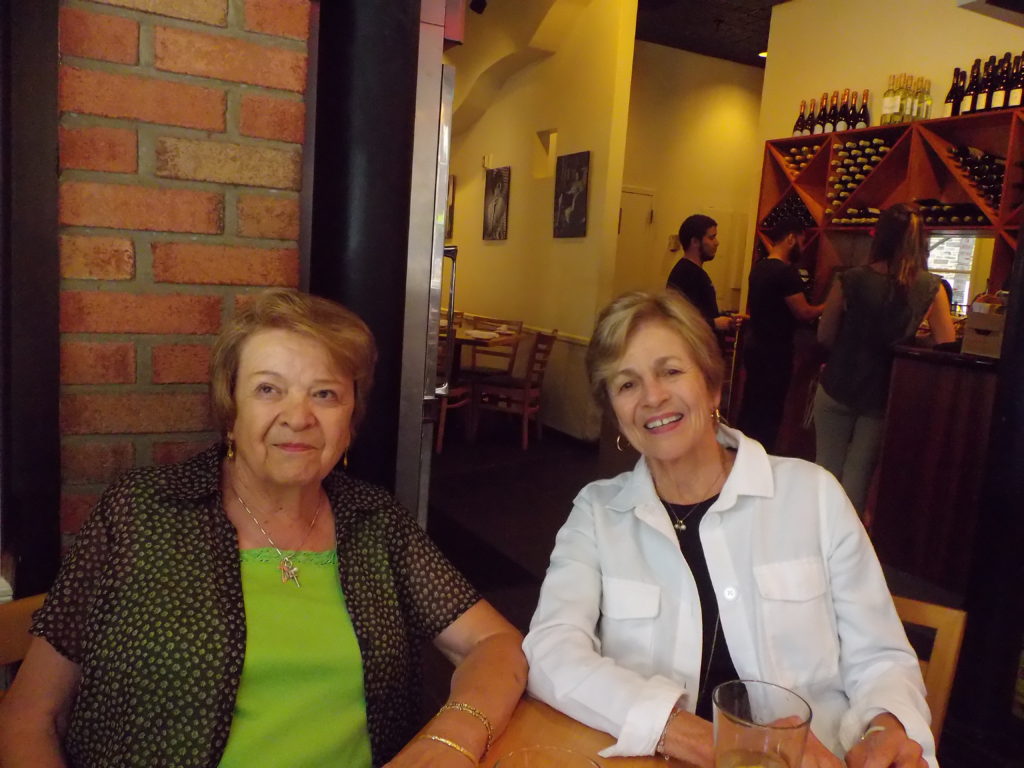
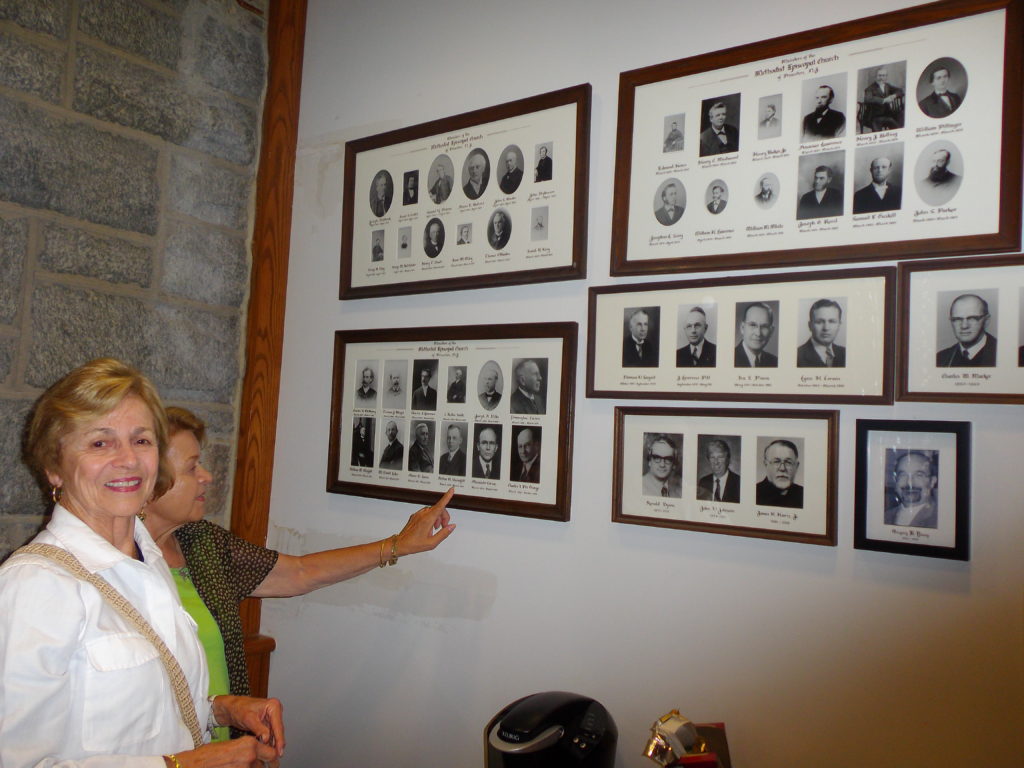
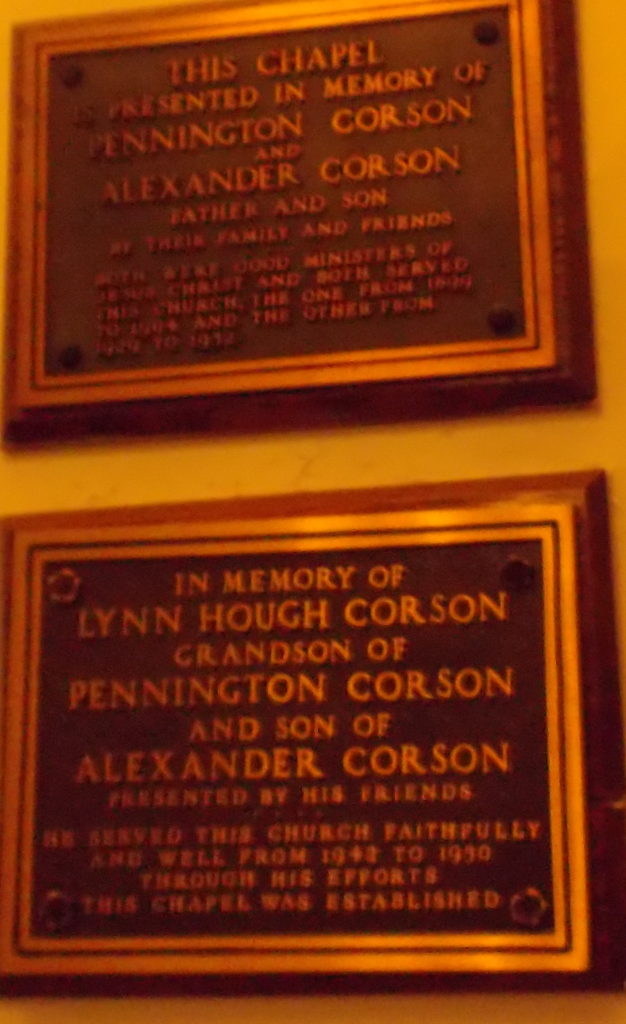
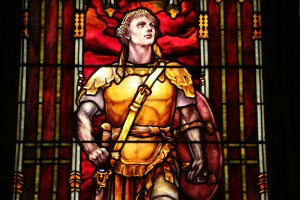 Our 105-year-old building has a spectacular stained glass window from the renowned Tiffany Studio of New York City. How did PUMC acquire a window with such an unusual subject?
Our 105-year-old building has a spectacular stained glass window from the renowned Tiffany Studio of New York City. How did PUMC acquire a window with such an unusual subject?